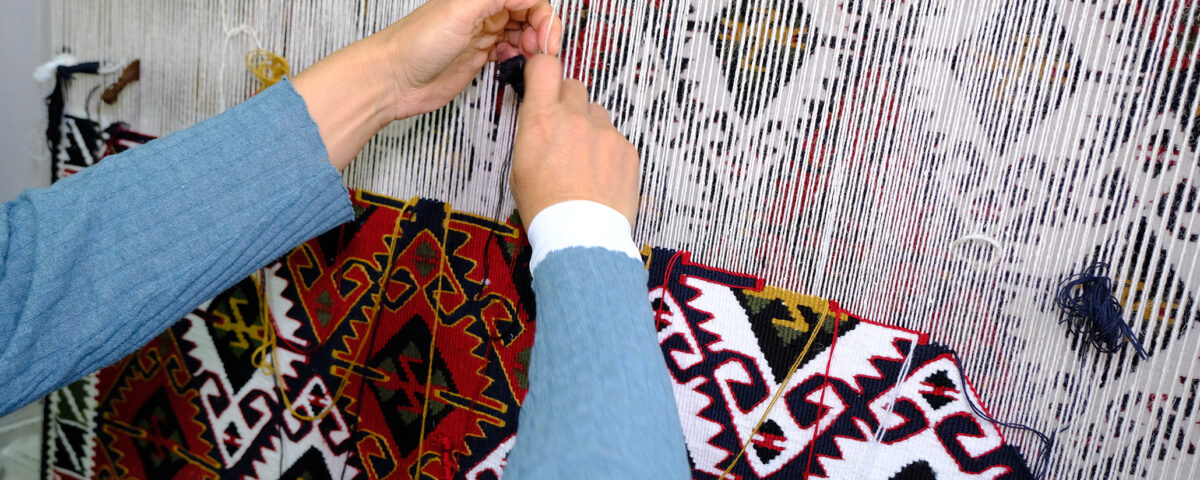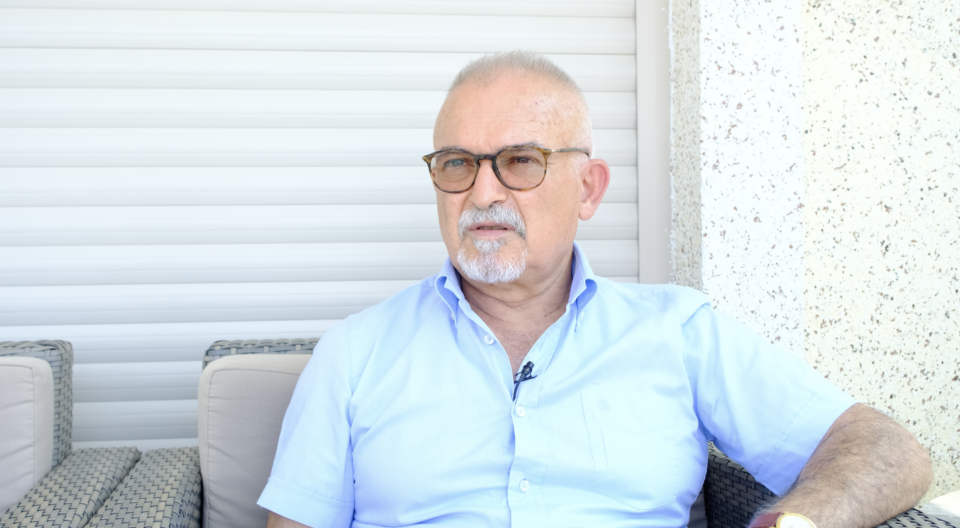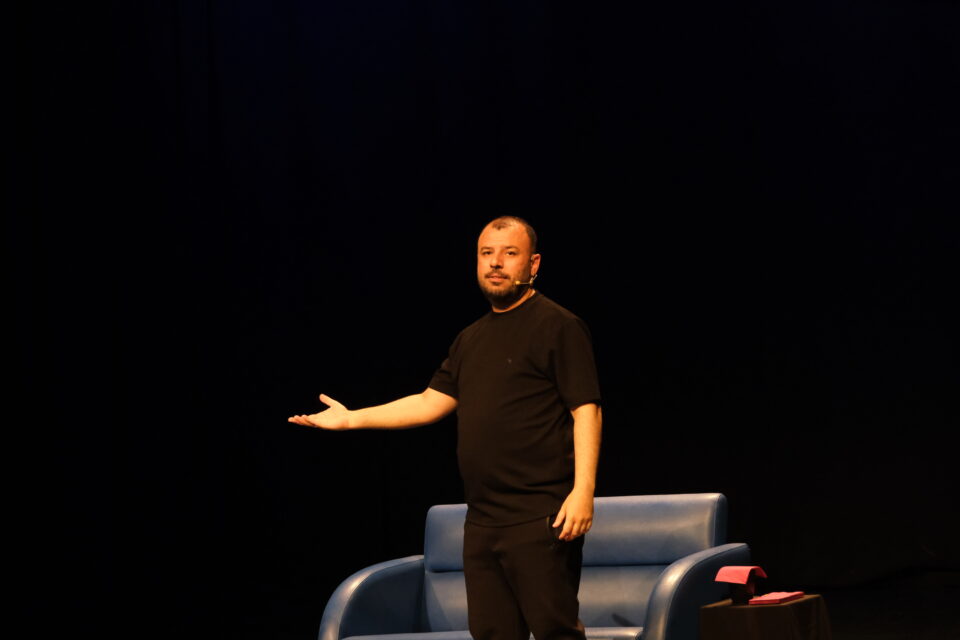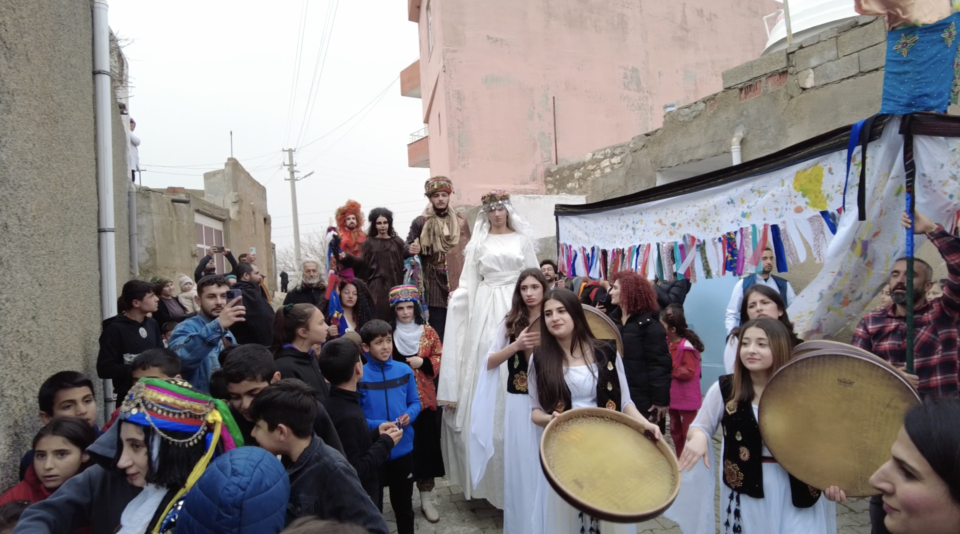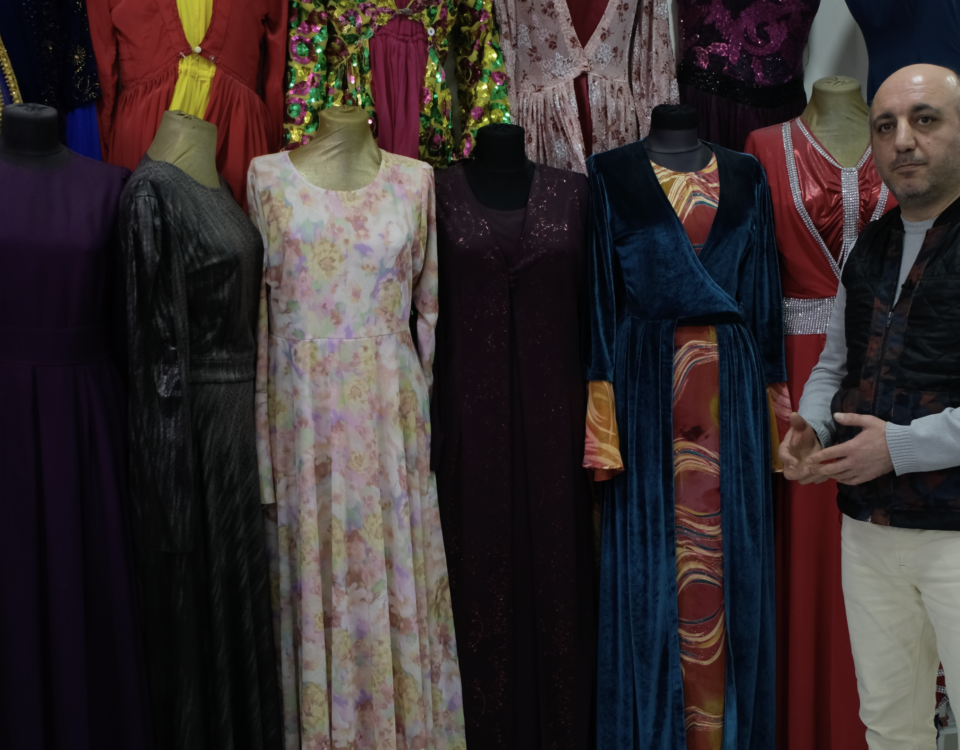
The publication of the Kurds of Central Anatolia: Bîrnebûn magazine
23.04.2025
Why is the halay performed from the left in Kurdish culture?
23.04.2025Şırnak’s Beytüşşebap district is one of the regions that stand out with its rich cultural heritage.
One of the most important parts of this heritage is traditional kilim weaving.
Today, it is still possible to see hand-operated looms in the district.
An Art Passed Down from Mother to Daughter
In Beytüşşebap, kilim weaving is a craft passed down from generation to generation, especially among women.
Motifs specific to mothers are taught to daughters, and with each new kilim, family stories, impressions of nature and social symbols are woven with colorful threads.
Kilims are not only an aesthetic object, but also:
🏡 Used as floor and wall coverings in homes
🧶 Each contains unique motifs and patterns
🎨 Reflects the nature, mythology and cultural texture of the region
More than 100 kilim motifs: Each a story
There are at least 100-200 traditional kilim patterns in Beytüşşebap.
Some of the prominent motifs and names are:
- Şamari
- Kesmeker
- Gulaper
- Gulsarya
- Lüleper
- Şimk û Buk
- Gulhazar
- Bindallı
- Avşar Güzeli
Each of these patterns, representing symbols specific to the region, stand out as a combination of handicraft and cultural meaning.
Economic contribution to women’s power
Kilim weaving is not only a cultural heritage, but also an occupation that enables women to become economically and socially stronger.
While women contribute to the household economy through weaving;
🧵 They also gain existence in social solidarity and production.
Living heritage in the Public Education Center
While the modern lifestyle and the increase in industrial production threaten traditional handicrafts;
projects aimed at protecting cultural heritage give hope.
In this context, the rug weaving workshop opened within the Beytüşşebap Public Education Center contributes to the survival of tradition.
Leyla İmamoğlu, the manager of the workshop, is determined to pass on this art to the younger generations.
“Every stitch is a past, every pattern is a story. We weave to keep our culture alive,” says Leyla İmamoğlu.

